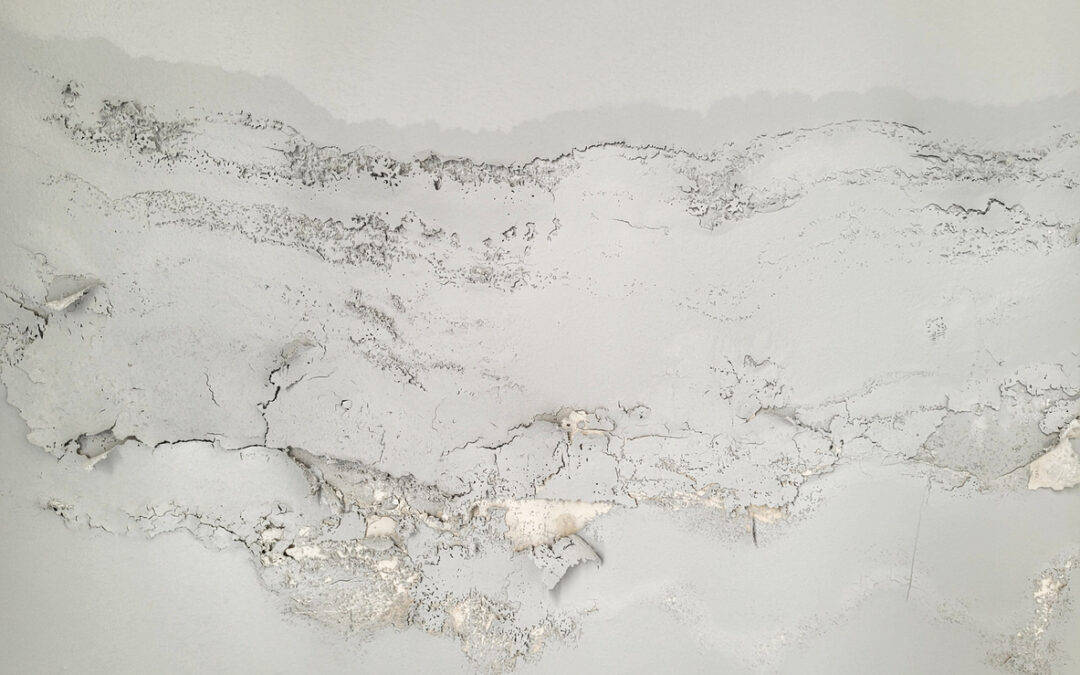Attic rain, a phenomenon also referred to as attic condensation or attic frost, is often shrouded in misunderstanding among homeowners. This enigmatic occurrence can unleash a cascade of problems, ranging from the degradation of insulation to the insidious growth of mould, and in extreme cases, even pose threats to the structural integrity of your home. Unsurprisingly, roofing contractors find themselves summoned frequently to confront these complex challenges. In this blog, we embark on a journey to unravel the intricacies of attic rain, exposing the common myths and misconceptions that have veiled this issue for far too long. Join us as we shine a spotlight on the insights roofing contractors ardently wish to share with you now!
Myth 1: Attic Rain Only Occurs in Cold Climates
One common misconception is that attic rain only happens in cold climates. While it is true that cold weather can contribute to attic rain, it can occur in any environment. Attic rain occurs when warm, moist air from the living spaces of your home rises into the attic and meets a cold surface, such as the underside of the roof. This causes condensation, which can lead to a range of problems. Roofing contractors often see attic rain issues in both cold and warm climates.
Myth 2: Proper Ventilation Isn’t Necessary
Among some homeowners, there’s a prevailing notion that attic ventilation is either optional or only necessary in warmer climates. However, the truth is far more compelling – proper ventilation emerges as a pivotal factor in thwarting an array of potential issues, attic rain included. Ventilation plays a crucial role in the orchestration of your attic’s environment, meticulously regulating temperature and moisture levels, thereby diminishing the peril of condensation. This is precisely why seasoned roofing contractors tirelessly underscore the significance of balanced ventilation to homeowners. Your attic’s ecosystem maintains equilibrium with a harmonious amalgamation of intake and exhaust vents, diligently warding off the pernicious spectre of moisture buildup.
Myth 3: All Insulation is the Same
Many homeowners assume that all insulation materials work the same way. However, roofing contractors know that the type and quality of insulation can significantly impact attic rain. Fiberglass and cellulose insulation, for example, can absorb moisture, leading to problems when condensation occurs. On the other hand, spray foam insulation provides an effective moisture barrier when installed correctly, reducing the risk of attic rain.
Myth 4: Attic Rain is Harmless
Another common misconception is that attic rain is harmless and doesn’t require immediate attention. However, professional roofing contractors will warn you that ignoring attic rain can lead to severe issues. For instance, unchecked condensation possesses the ominous potential to compromise the structural integrity of your roof, wreak havoc upon your insulation, and cultivate a breeding ground conducive to the insidious growth of mould. Given these risks, it becomes unequivocally clear that addressing attic rain promptly and diligently is not merely a recommendation but an imperative. Failing to do so may set the stage for excessive repairs and untold complications further down the road.
Myth 5: Attic Rain is Always Visible
Not all signs of attic rain are visible to the naked eye. Homeowners may assume that if they don’t see water dripping from their attic, there’s no problem. However, roofing contractors know that attic rain often manifests as hidden issues, such as damp insulation or mould growth. Even if you don’t suspect anything is awry, regular inspections by professionals can uncover these hidden problems before they become major issues.
The Role of Roofing Contractors
Roofing contractors play a vital role in addressing attic rain and dispelling these myths. When homeowners suspect attic rain issues, it’s essential to consult with experienced professionals who can:
- Conduct Thorough Inspections: Roofing contractors have the expertise to perform comprehensive attic inspections, identifying signs of attic rain that may not be visible to homeowners.
- Provide Solutions: These professionals can recommend and implement solutions tailored to the specific issues in your home, whether it’s improving ventilation, upgrading insulation, or addressing leaks.
- Prevent Future Problems: Experienced roofing contractors address current issues and take preventive measures to ensure that issues like attic rain don’t return.
- Educate Homeowners: Roofing contractors aim to educate homeowners about attic rain, its causes, and the importance of maintenance to dispel common misconceptions.
Conclusion
In the realm of homeownership, attic rain can be a perplexing puzzle, often misunderstood. But here’s the crucial takeaway: knowledge is your armour, and roofing contractors are your trusted companions in this endeavour. Attic rain can infiltrate homes in any climate, and its consequences are far-reaching. Think of it as an uninvited guest that brings compromised insulation, weakens your roof’s structure, and paves the way for mould growth. So, let’s debunk the myths and demystify this issue. Don’t let misunderstandings cloud your judgment. Turn to the expertise of roofing contractors—they’re ready to enlighten you and guide you toward effective solutions. By dispelling these misconceptions and embracing the guidance of professional roofing contractors, you’ll fortify your home and ensure its well-being for years to come. Remember, when it comes to attic rain, knowledge is your most reliable ally.

Recent Comments